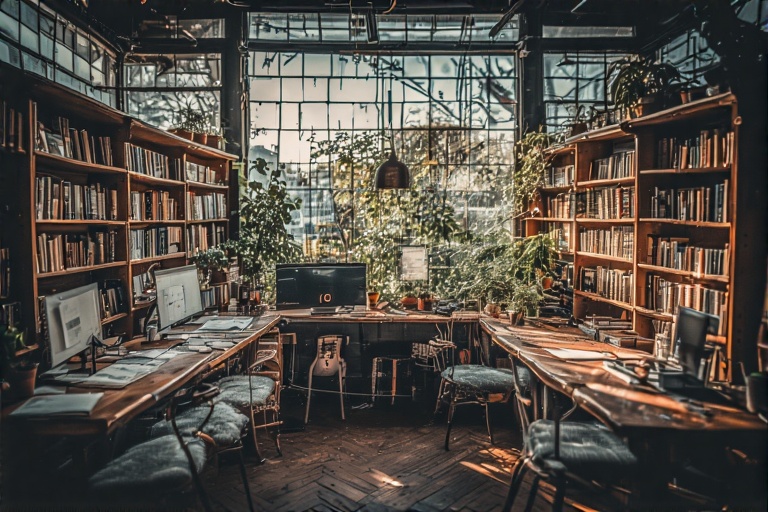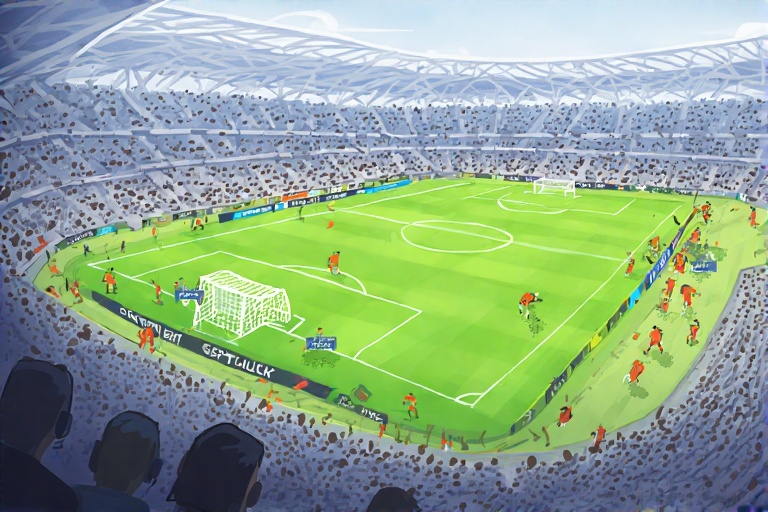
The alternative to blur or pixelation NYT crossword clue has sparked curiosity among puzzle enthusiasts, appearing in the New York Times crossword on April 30, 2025. This nine-letter answer, revealed as “CENSORBAR,” refers to a visual censorship method that obscures sensitive content in media. Unlike blur or pixelation, which distorts images, a censor bar offers a solid, opaque cover, often seen in TV shows or online videos. This clue’s simplicity yet cleverness makes it a favorite for solvers, blending everyday media knowledge with wordplay. In this article, we’ll explore the meaning, cultural significance, and technical aspects of the alternative to blur or pixelation NYT, diving into why censor bars are used, their effectiveness, and their role in modern media. Let’s uncover the layers behind this intriguing crossword answer!
Understanding the Alternative to Blur or Pixelation NYT Clue
The alternative to blur or pixelation NYT clue points to “CENSORBAR,” a term describing a black or colored bar placed over parts of an image or video to hide sensitive content. In the NYT crossword, this clue challenges solvers to think about visual censorship methods. Blur distorts an image by softening details, while pixelation reduces resolution to create a blocky effect. A censor bar, however, fully conceals the area with a solid shape, often black, ensuring no details are visible. This method is common in media to obscure nudity, profanity, or private information, like faces or license plates. The alternative to blur or pixelation NYT clue is clever because it draws on familiar media practices, making it accessible yet thought-provoking for solvers. Its nine-letter length adds a layer of challenge, fitting perfectly into the puzzle’s grid.
Why Censor Bars Are a Popular Alternative to Blur or Pixelation NYT
Censor bars stand out as a reliable alternative to blur or pixelation NYT because they guarantee complete obscurity. Unlike blur, which can sometimes be reversed with advanced software, or pixelation, which may reveal details in moving images, a censor bar leaves no trace of the hidden content. This makes it a go-to choice for broadcasters and content creators who need to comply with regulations, like those set by the Federal Communications Commission in the U.S. or Japan’s Article 175, which mandates obscuring explicit content. The alternative to blur or pixelation NYT highlights the censor bar’s cultural footprint, often seen in comedic contexts, like reality TV or satirical shows, where its bold appearance adds humor. Its simplicity and effectiveness make it a staple in visual media, ensuring privacy and modesty without compromising clarity.
The Technical Side of the Alternative to Blur or Pixelation NYT
From a technical perspective, the alternative to blur or pixelation NYT—the censor bar—is straightforward to implement. Editors use software like Adobe Premiere or GIMP to overlay a solid rectangular shape over sensitive areas. Unlike blur, which applies a Gaussian filter to average pixel values, or pixelation, which lowers resolution, a censor bar replaces pixels entirely with a uniform color. This ensures no data remains for potential reconstruction, a risk highlighted by tools like Unredacter, which can reverse pixelation. The alternative to blur or pixelation NYT clue nods to this reliability, as censor bars are less vulnerable to modern de-censorship techniques, like those using neural networks. For media producers, this method is cost-effective and quick, aligning with tight production schedules while meeting legal and ethical standards for content moderation.
Cultural Impact of the Alternative to Blur or Pixelation NYT
The alternative to blur or pixelation NYT has a unique place in pop culture. Censor bars are instantly recognizable, often used for comedic effect in shows like South Park or reality TV, where they cover explicit content with exaggerated flair. Unlike blur or pixelation, which can blend into the background, a censor bar’s stark contrast draws attention, sometimes becoming a visual gag. The alternative to blur or pixelation NYT clue taps into this familiarity, inviting solvers to recall media moments where censor bars steal the show. Beyond humor, they symbolize media censorship, sparking debates about freedom of expression versus privacy. In some cultures, like Japan, censor bars are a legal necessity, shaping how content is consumed. Their bold presence in global media underscores their role as both a practical tool and a cultural icon.
Limitations and Challenges of the Alternative to Blur or Pixelation NYT
While the alternative to blur or pixelation NYT—censor bars—offers advantages, it has drawbacks. Aesthetically, censor bars can be jarring, disrupting the visual flow of an image or video. Unlike blur or pixelation, which soften edges, a censor bar’s harsh lines can distract viewers. Additionally, it completely obscures content, which may frustrate audiences seeking context, such as in news reports where faces are hidden. The alternative to blur or pixelation NYT clue doesn’t hint at these issues, but they’re relevant for media creators. Another challenge is sizing: a censor bar must cover the entire sensitive area without revealing edges, requiring precision. In dynamic scenes, tracking moving objects to keep the bar in place adds complexity. Despite these hurdles, censor bars remain a trusted choice for their unmatched ability to protect sensitive information.
Modern Alternatives and Innovations Beyond the Alternative to Blur or Pixelation NYT
Technology is evolving, offering new options beyond the alternative to blur or pixelation NYT. AI-driven tools now enable dynamic masking, where objects are automatically tracked and obscured in real-time, reducing manual editing. Google’s SafeSearch, for instance, blurs explicit images by default, adapting to user preferences. Other innovations include pattern-based overlays, which replace sensitive areas with textures rather than solid colors, blending better with the image. The alternative to blur or pixelation NYT clue focuses on censor bars, but these advancements suggest a future where censorship is less intrusive and more seamless. However, these methods must balance aesthetics with security, as pixelation and blur have proven vulnerable to reversal. For now, censor bars remain a benchmark, but emerging tools could redefine how we protect privacy in media.
The Role of the Alternative to Blur or Pixelation NYT in Crossword Puzzles
In the NYT crossword, the alternative to blur or pixelation NYT clue showcases the puzzle’s knack for blending topicality with wordplay. Clues like this draw on real-world knowledge, making solvers think about media and technology. The answer, “CENSORBAR,” fits neatly into the grid, with its nine letters crossing other clues, like “PEGLEGS” or “ASHRAF,” as noted in solver reviews. The alternative to blur or pixelation NYT also reflects the puzzle’s Wednesday difficulty, offering a moderate challenge that’s satisfying to crack. Constructor Adam Vincent’s design, with its mirror symmetry and playful theme, elevates the clue’s appeal. For students, solving such clues builds vocabulary and cultural awareness, making crosswords an engaging educational tool. The clue’s lasting popularity underscores the NYT crossword’s ability to connect solvers with the world around them.
FAQs About the Alternative to Blur or Pixelation NYT
What is the answer to the alternative to blur or pixelation NYT crossword clue?
The answer to the alternative to blur or pixelation NYT crossword clue is “CENSORBAR.” This nine-letter word refers to a solid bar, often black, used to obscure sensitive content in images or videos, as seen in the April 30, 2025, NYT puzzle.
Why is a censor bar considered an alternative to blur or pixelation NYT?
A censor bar is an alternative to blur or pixelation NYT because it fully covers sensitive areas with a solid color, unlike blur, which distorts, or pixelation, which lowers resolution. Censor bars ensure no details are visible, making them more secure for censorship.
Where are censor bars commonly used in media?
Censor bars, the alternative to blur or pixelation NYT, are used in TV shows, movies, and online videos to hide nudity, profanity, or private information like faces or license plates. They’re common in reality TV, news, and comedic media for privacy and compliance.
Can pixelation or blur be reversed, unlike the alternative to blur or pixelation NYT?
Yes, pixelation and blur can sometimes be reversed using tools like Unredacter or AI-driven software, especially in moving images. The alternative to blur or pixelation NYT, a censor bar, is more secure because it completely replaces the original pixels.
Why did the alternative to blur or pixelation NYT clue appear in the NYT crossword?
The alternative to blur or pixelation NYT clue appeared in the April 30, 2025, NYT crossword due to its cultural relevance and clever wordplay. Constructor Adam Vincent used it to challenge solvers with a familiar media term that fits the puzzle’s theme and grid.
Conclusion
The alternative to blur or pixelation NYT crossword clue, answered by “CENSORBAR,” is more than a puzzle entry—it’s a window into media, technology, and culture. Censor bars, as a reliable censorship tool, outshine blur and pixelation for their simplicity and security, ensuring sensitive content stays hidden. From their technical ease to their comedic flair in pop culture, they’re a fascinating subject. The alternative to blur or pixelation NYT clue’s appearance in the April 30, 2025, NYT crossword highlights its relevance, engaging solvers with a term that’s both practical and iconic. As media evolves with AI and new censorship methods, censor bars remain a timeless solution. For students and puzzle fans, this clue offers a fun way to explore the world of visual media and its challenges.


